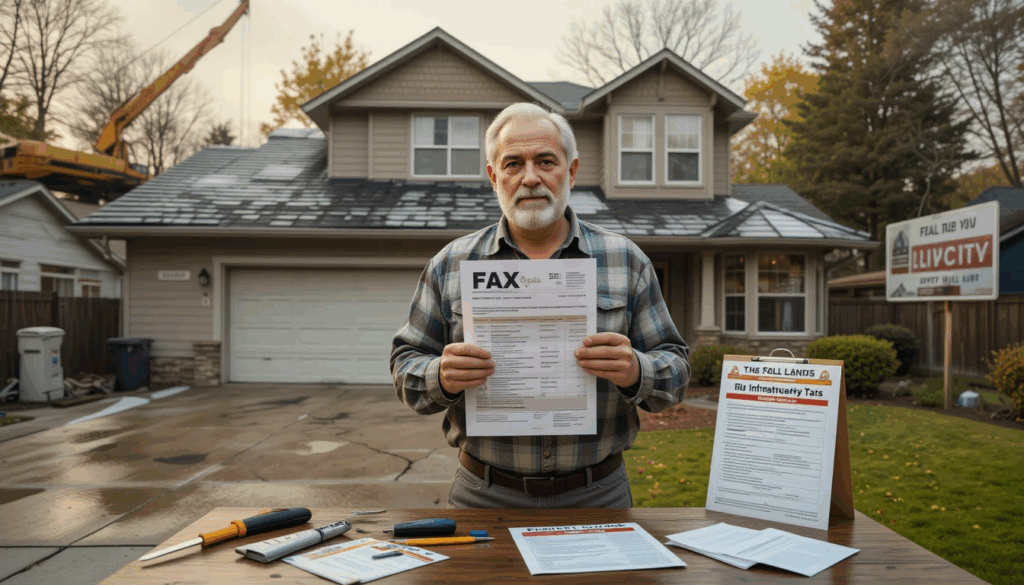From pothole-riddled streets to corroded water pipes, aging infrastructure costs are hitting homeowners and commuters where it hurts most: their wallets. In 2025, crumbling roads, bridges, and utility systems are driving up repair taxes, insurance premiums, and daily expenses. If you’re wondering “how infrastructure decay impacts property taxes” or scrambling to “lower utility bills,” here’s how to fight back.
Why Infrastructure Decay Costs You More
-
Higher property taxes: Cities burdened by aging infrastructure are raising levies to fund repairs—adding $500+/year to average bills.
-
Car repair nightmares: Poor roads cause $1,200+ annually in alignment, tire, and suspension fixes for commuters.
-
Insurance spikes: Homes with outdated electrical or plumbing systems face 20–30% premium hikes due to fire/flood risks.
Step 1: Audit Your Exposure
-
Check local infrastructure grades: Sites like ASCE’s Infrastructure Report Card reveal if your area’s roads, water, and bridges are rated D or F.
-
Review tax bills: Scrutinize line items for “infrastructure bonds” or “utility upgrades” pushing up your payments.
-
Inspect home systems: Hire pros to assess aging pipes, wiring, or foundations—prevent $10k+ disasters later.
Step 2: Reduce Costs Now
-
Challenge tax assessments: If infrastructure repairs don’t benefit your property, appeal for reductions (40% success rate).
-
Switch insurers: Companies like Lemonade offer discounts for homes with updated plumbing/electrical systems.
-
DIY maintenance: Seal driveway cracks, insulate pipes, and clean gutters to minimize wear from poor infrastructure.
Step 3: Advocate for Solutions
-
Push for federal grants: The 2025 Rebuild America Act funds local projects—pressure officials to apply.
-
Support utility co-ops: Community-owned grids often upgrade infrastructure faster than privatized systems.
-
Vote smart: Back candidates prioritizing green infrastructure (solar roads, smart grids) to cut long-term costs.
Step 4: Protect Your Home’s Value
-
Invest in resilience: Install sump pumps, surge protectors, and water filters to offset unreliable public systems.
-
Disclose strategically: When selling, highlight upgrades to aging HVAC or roofing to avoid value drops.
The Bigger Picture
Aging infrastructure costs aren’t just a personal burden—they’re a national crisis. The American Society of Civil Engineers estimates $5 trillion is needed by 2040 to modernize systems. Until then, proactive homeowners and vocal communities are the first line of defense.



